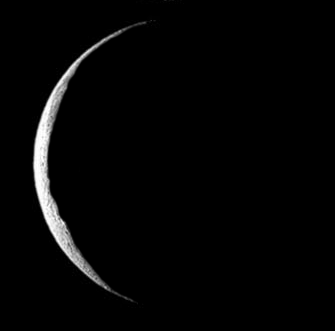
Moon Phases

Sunday, May 05, 2024
Waning Crescent 12% illuminated
Rise: 4:13 AM
Set: 5:08 PM
Eye on the Night Sky, May 5, 2024
Sunday, May 05, 2024
Today:
The Eta Aquariid meteor shower enjoys a broad peak over the next few nights, with no interference from the Moon. Best seen after midnight, with up to 15 meteors or “shooting stars” per hour, these cosmic pebbles that burn up upon entering the Earth’s atmosphere are actually the debris from Halley’s Comet, not returning until 2061.
Monday:
A very large diamond of bright objects should get your attention in the west on the next clear evening. Lowest, though quite bright as twilight fades after 9 o’clock, Orion’s shoulder star Betelgeuse is due west, flanked to the upper right by the brilliant Capella, and the upper left by Procyon. High above shine the Twins of Gemini.
Tuesday:
Very high in the north, nearly overhead, the seven stars of the Big Dipper, while close to the northern horizon, with a low and level view, you find the stars of the Queen, Cassiopeia, in the form of a “W”-shaped pattern. The Big Dipper and the Queen are always opposite each other, with the North Star directly between them. Six months later, in November, they switch positions.

This program is a partnership between the Fairbanks Museum and Vermont Public.
